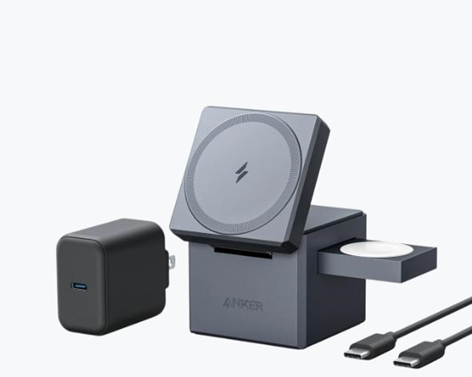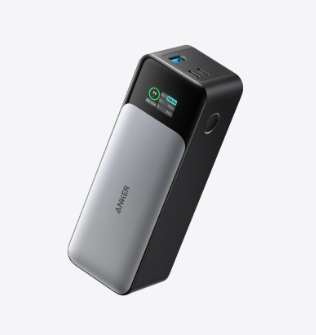Fiber optic repeater
Overview
The repeater is a repeater between the base station (BS) and the mobile station (MS). It belongs to the same-frequency amplification device and refers to the process of wireless communication transmission. A kind of radio transmission relay equipment that plays a role in signal enhancement. The basic function of a repeater is a radio frequency signal power booster. The use of repeaters as one of the necessary means to achieve the goal of "small capacity and large coverage" is mainly because the use of repeaters is to ensure network coverage without increasing the number of base stations, and the cost is much lower than that of existing ones. The same effect of the micro-cellular system.
Principle introduction
The optical fiber repeater is mainly composed of optical near-end machine, optical fiber, and optical remote machine (covering unit). Both the optical near-end machine and the optical remote machine include a radio frequency unit (RF unit) and an optical unit. After the wireless signal is coupled from the base station, it enters the optical near-end machine, through electrical-optical conversion, the electrical signal is converted into an optical signal, from the optical near-end machine to the optical fiber, and transmitted to the optical remote machine through the optical fiber, the optical remote machine converts the light The signal is converted into an electrical signal and enters the RF unit for amplification. After the signal is amplified, it is sent to the transmitting antenna to cover the target area. The working principle of the uplink is the same. The signal transmitted by the mobile phone passes through the receiving antenna to the optical remote machine, then to the near-end machine, and returns to the base station.
Repeater: Repeater
Near-end machine: MasterBlock, master control unit
Remote machine: SlaveBlock, controlled unit/slave unit/ Coverage unit
1. There are actually many ways to obtain the input signal of the near-end machine, such as donor antenna, coupling base station, RRU, etc.;
2, the near-end machine is generally installed In the base station computer room, the remote machine is installed at the edge of the coverage area or at a proper position inside (see indoor or outdoor coverage), and an ODB (optical fiber distribution box) is usually installed next to the remote machine.

The directional antenna of the near-end unit of the optical fiber repeater receives the downlink signal from the base station and sends it to the near-end host, amplified and sent to the optical transceiver for electrical/optical conversion, and emits light with wavelengths of 1.55&1.31μm The signal is sent to the optical multiplexer, and is combined with the optical signal of the original transmission link (wavelength 1.31μm) to be transmitted to the remote end via the optical cable; the remote optical wavelength splitter separates the optical signals with wavelengths of 1.31μm and 1.55μm , Let the 1.55μm wavelength optical signal input to the optical transceiver for optical/electrical conversion, and restore it to a downstream signal, which is amplified by the internal power amplifier of the remote host, and transmitted by the omnidirectional antenna to the mobile station. The uplink signal of the mobile station is sent to the base station in the reverse direction, thus completing the signal connection between the base station and the mobile station and establishing a call.
A near-end machine can be connected to multiple (usually 1-4) remote machines. The near-end machine is usually small and is usually installed in a cabinet. The remote machine is larger and is generally mounted on the wall.
Features
The biggest difference between fiber optic repeaters and wireless repeaters lies in the transmission method of base station signals. Fiber optic repeaters transmit through optical fibers, while wireless repeaters Spread through space. Therefore, the optical fiber repeater has the following characteristics:
①The frequency of the output signal is the same as that of the input signal, and the channel is transparent.
②The omnidirectional or directional antenna can be selected according to the terrain situation.
③There is no problem of isolation between receiving and sending of wireless repeaters, and the site selection is convenient.
④The distance between the optical fiber relay end and the near-end machine is no more than 20 kilometers.
Construction issues
The construction issues of optical fiber repeater stations in the coverage of highway tunnels: Due to the complex terrain of highway tunnels, it is difficult to obtain information sources and the coverage area is narrow and long, so the signal fluctuation loss is relatively high. Large and other characteristics; therefore, it is necessary to carry out survey and design and mobile network planning based on the actual environment; based on the characteristics of road tunnels, optical fiber repeaters have advantages such as smart design and construction, good coverage, and stable work. Good use.
It can be discussed from the following aspects:
1 Transmission distance request The transmission distance of the optical fiber repeater can reach up to 15 kilometers, so for the general long and narrow tunnel, As long as the transmission distance is not exceeded, fiber optic repeaters can be used for coverage.
2 The selection of the source is directly related to the overall coverage effect. Therefore, it is necessary to ensure that the Tanyue base station has traffic capacity redundancy, which can burden the traffic in the area covered by the fiber optic repeater. If there is no source near the tunnel entrance or the tunnel is long, a coupler should be used to couple the signal from the base station to the near-end machine. The near-end machine converts the radio frequency signal into an optical signal, and sends the optical signal to the remote machine through the optical cable. The machine converts the optical signal into a radio frequency signal while amplifying the signal and feeding it to the antenna. Determine the number of remote units based on the coverage interval and the influence of the near-end units towing the remote units on the base station's noise.
Latest: Fiber to the desktop







